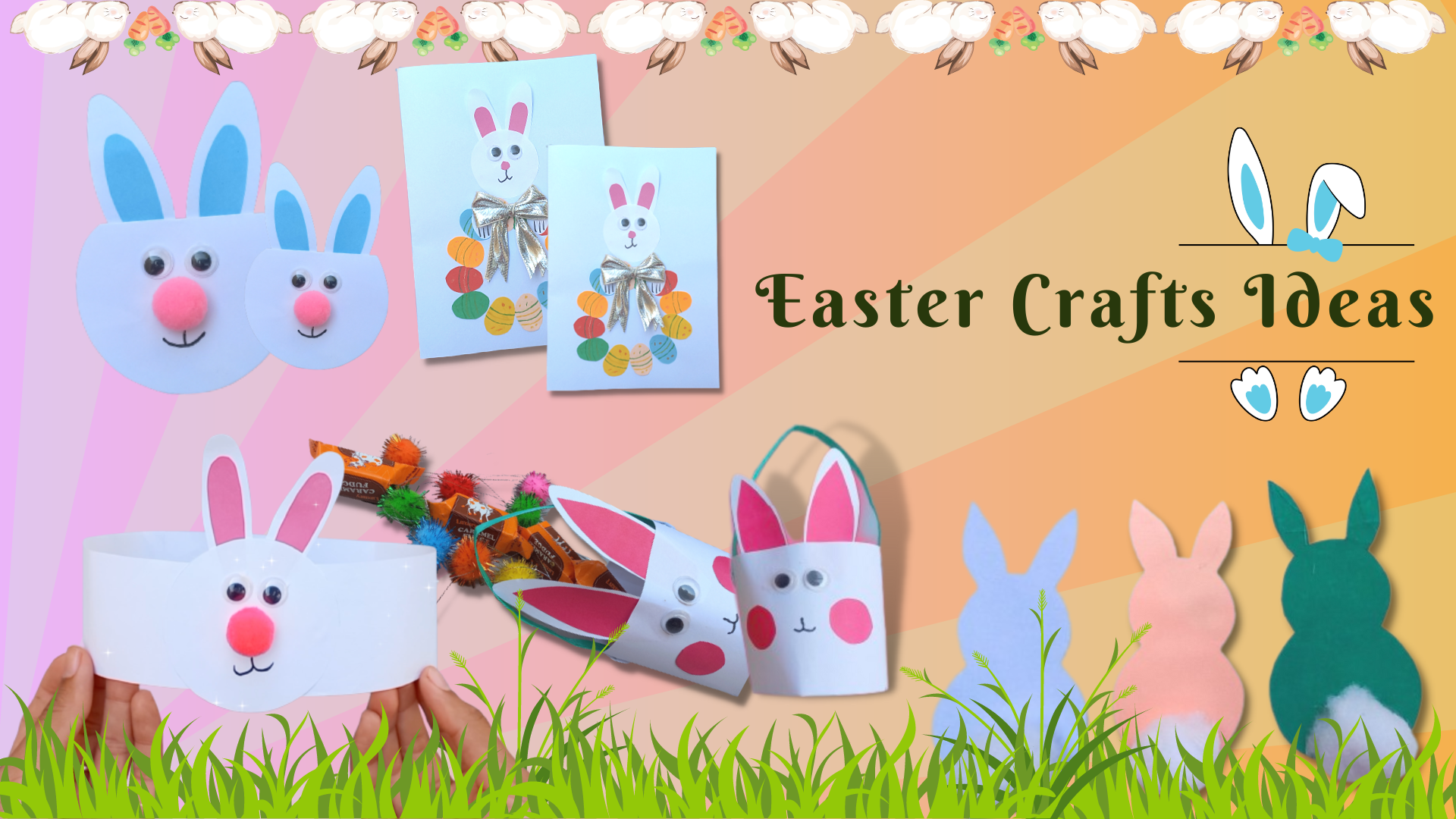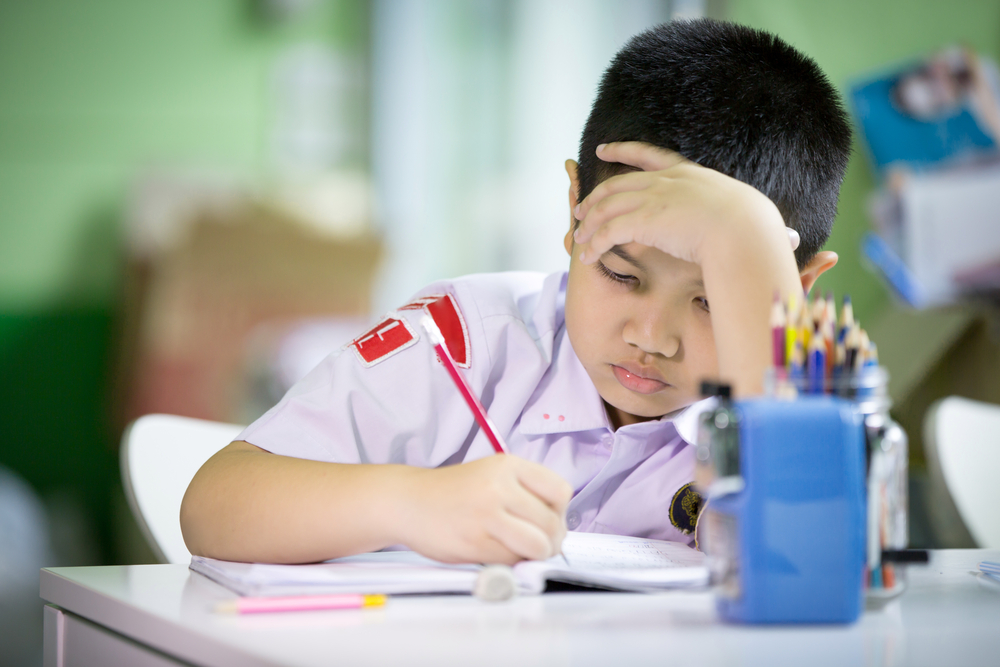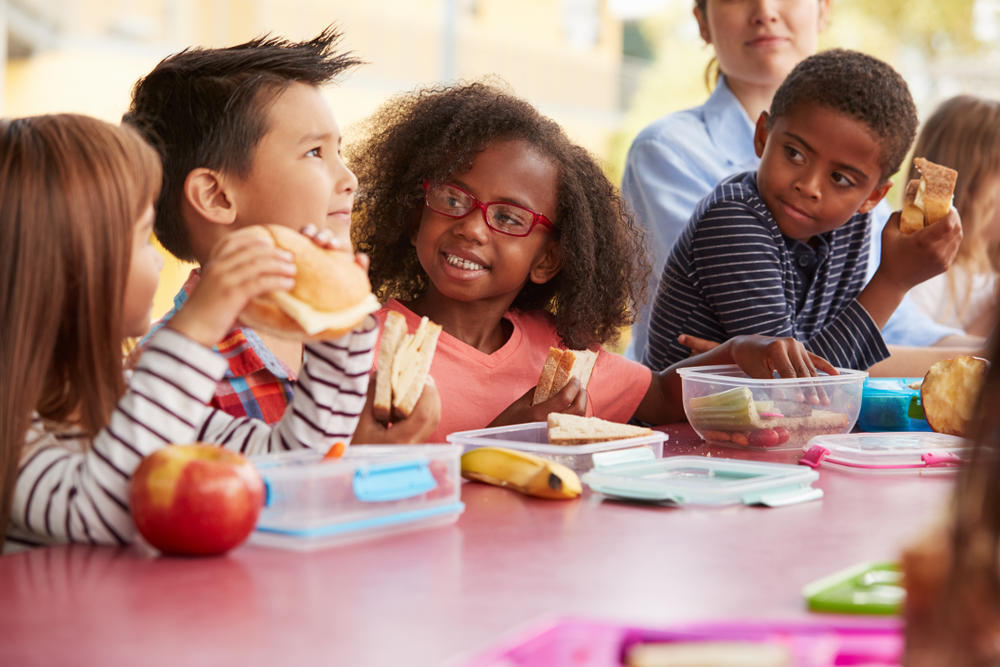Improving observation Worksheets for Kids
3 filtered results
-
From - To
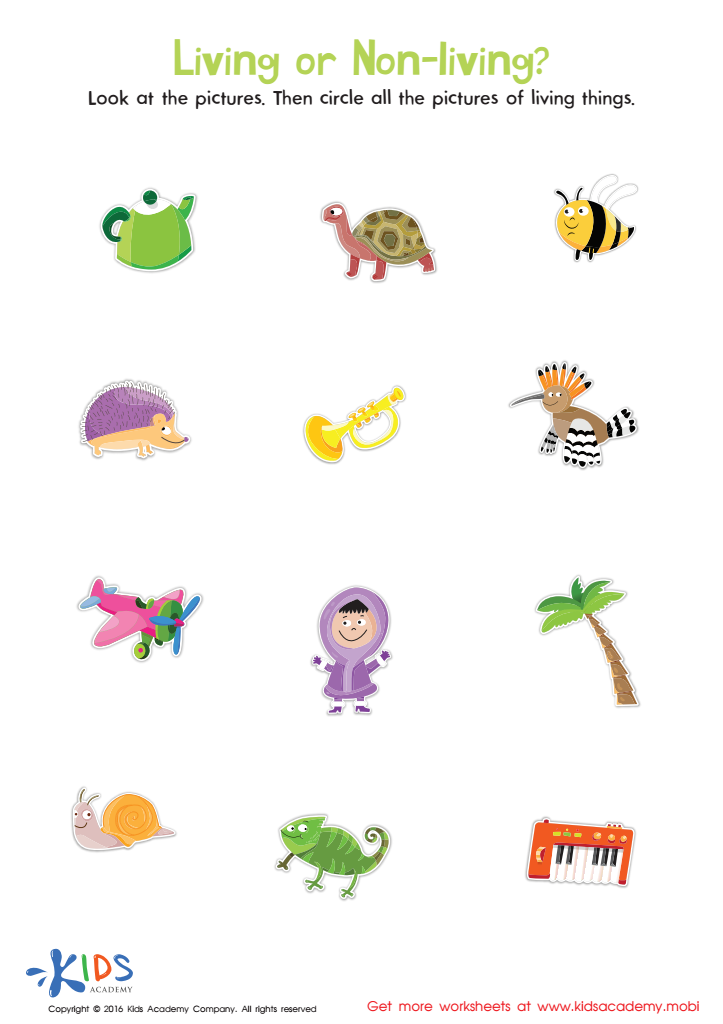

Identifying Living and Non–living Things Sorting Worksheet
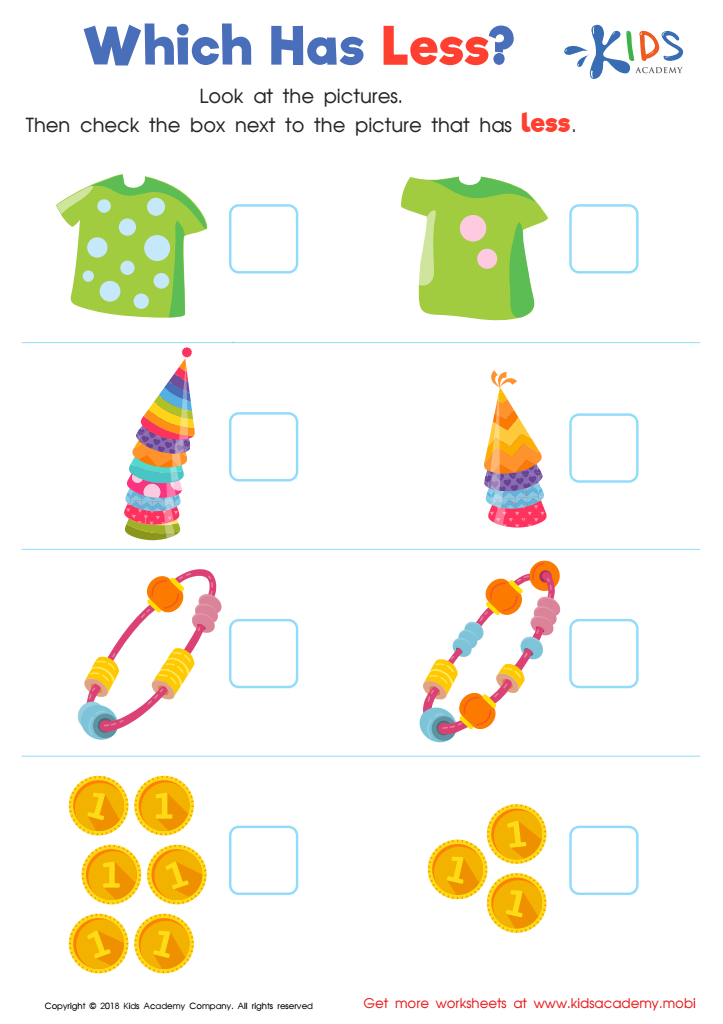

Which Has Less? Worksheet
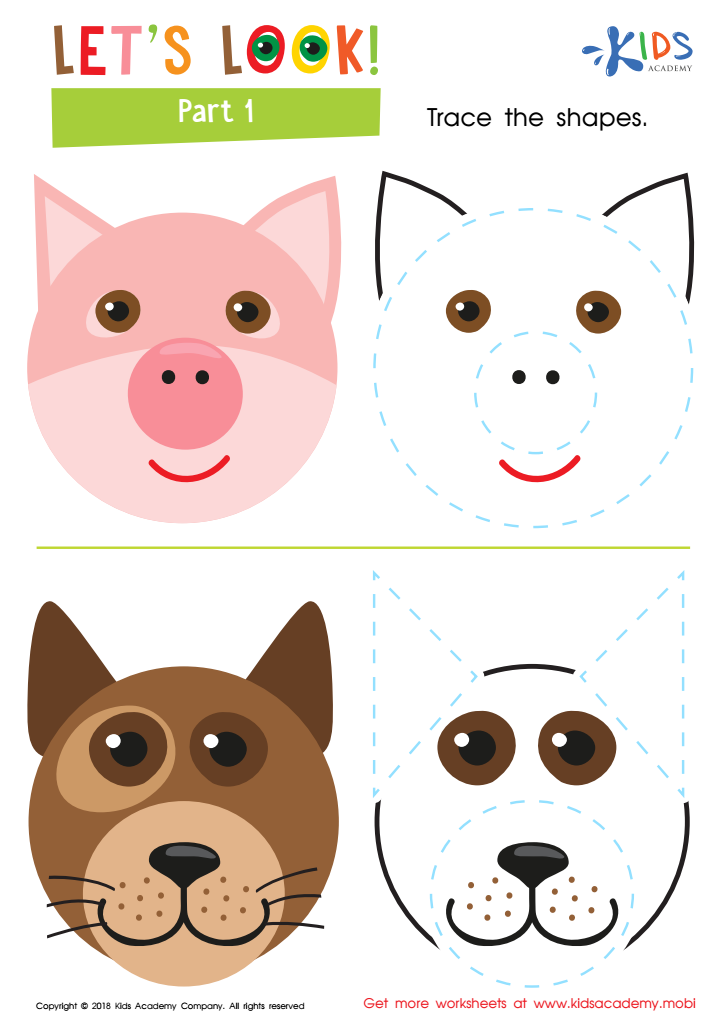

Let's Look! Part 1 Worksheet
Question/Answer
What are some effective activities to train students’ Improving observation skill when teaching them about Measurement?
Effective activities to train students' observation skills in measurement include scavenger hunts requiring precise measurements, comparing and contrasting objects based on specific attributes, estimation games followed by actual measurements, using tools like rulers and microscopes for detailed observations, and recording and analyzing data from experiments to notice patterns and discrepancies. These activities sharpen attention to detail and accuracy in measurement.
Why is the Improving observation skill important for Kindergarten students?
Improving observation skills in Kindergarten students is crucial as it enhances their ability to notice details, strengthens cognitive and analytical skills, and supports early literacy and numeracy. It lays the foundation for scientific thinking, problem-solving, and creativity by encouraging curiosity and exploration, essential for academic success and everyday learning.
How does the mastery of the Improving observation skill affect a student's performance at an early age?
The mastery of observation skills at an early age significantly enhances a student's performance by improving their attention to detail, increasing their ability to concentrate, and fostering better information retention. These skills contribute to more effective learning and problem-solving abilities, allowing students to grasp concepts more quickly and apply knowledge more accurately in various contexts.
 Assign to the classroom
Assign to the classroom



